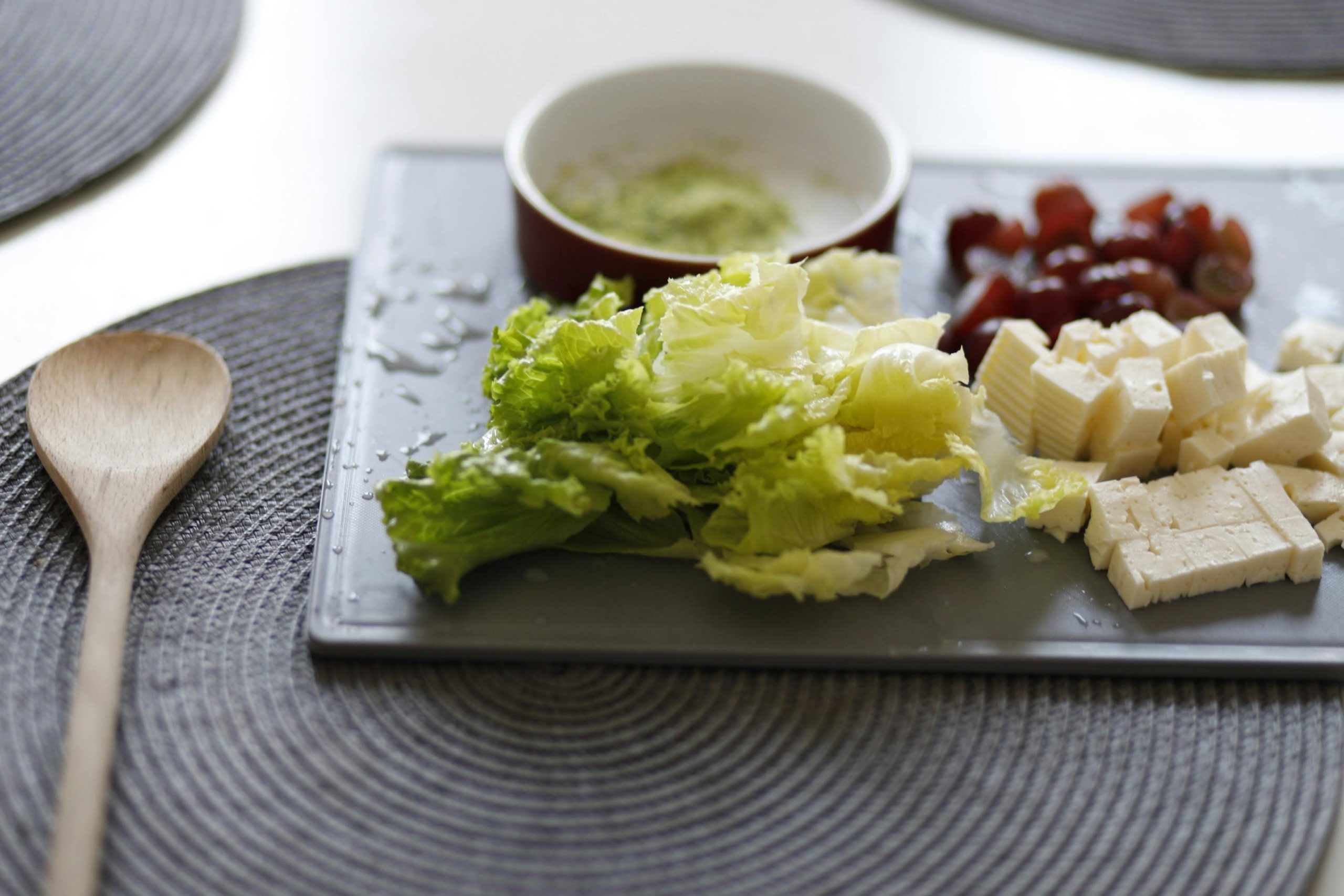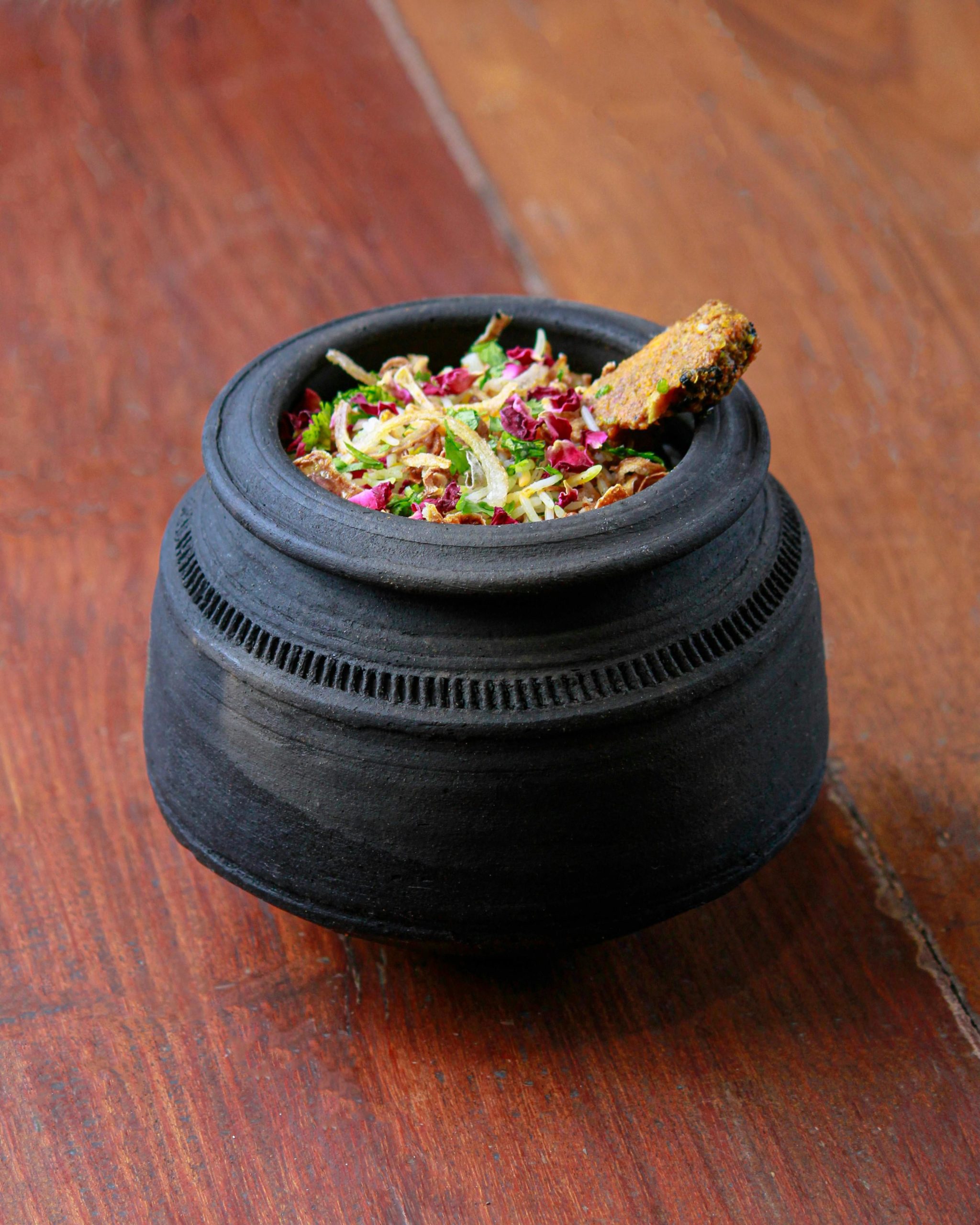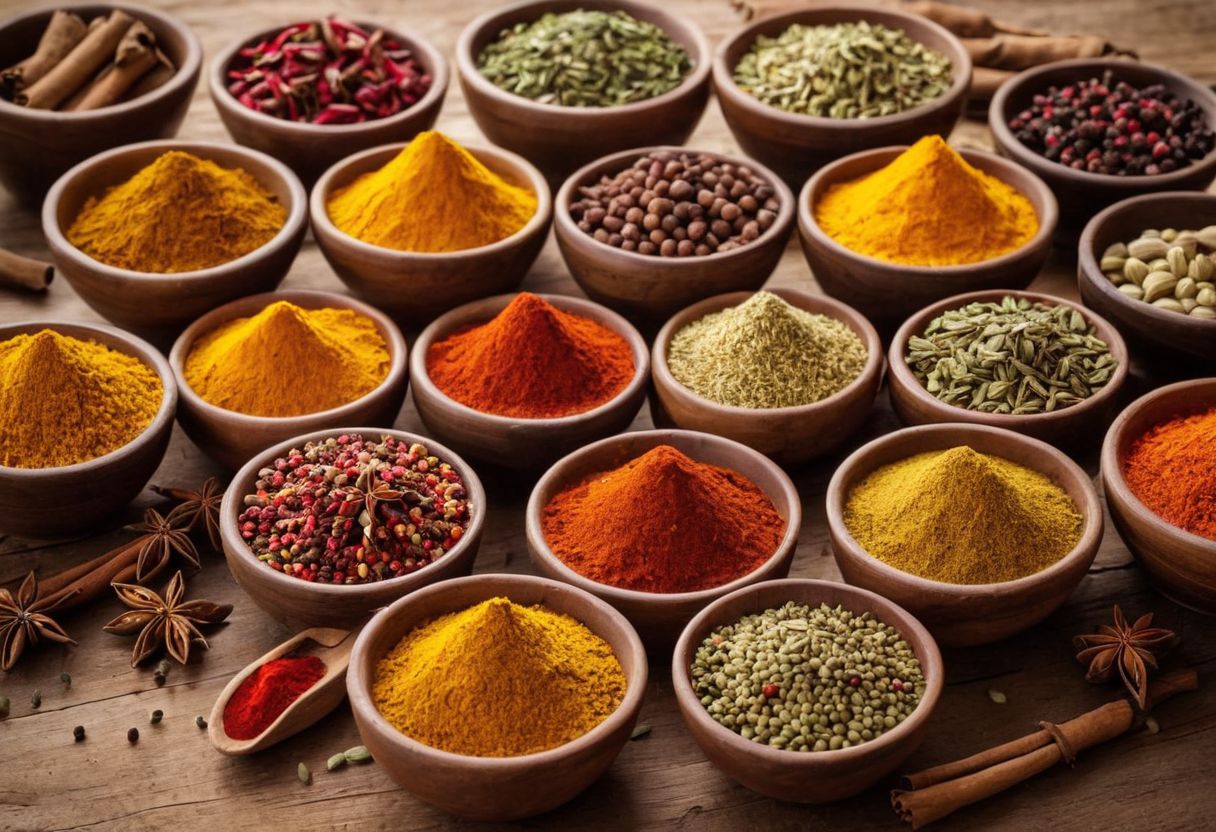Dive into the vibrant world of Indian cuisine with a dish that’s as flavourful as it is comforting – Fish Curry Indian style!
Ever found yourself craving a hearty fish curry but unsure how to capture the authentic flavours of India?
Fish Curry Indian style is a sumptuous dish known for its rich, spicy, and aromatic sauce that perfectly complements the tender fish.
This blog will guide you through the diverse regional varieties, essential ingredients, and step-by-step instructions to master this delightful dish at home, ensuring a delicious result every time.
Discovering the Diverse Types of Fish Curry Indian

Indian fish curry is a culinary treasure that varies dramatically from one region to another, each bringing its own unique flair and flavor profile. From the spicy tang of Bengal’s curries to the creamy coconut-infused dishes of Kerala, the diversity is astounding. Fish curry is not just a dish but a reflection of India’s rich cultural tapestry and geographical diversity, with each region using local ingredients and cooking techniques to create their own version of this beloved dish.
In the northern regions, particularly in places like Kashmir, fish curries often incorporate rich yoghurt and a variety of aromatic spices, giving them a creamy consistency and a deep flavor. Moving south, the curries take on a tangier taste with tamarind and coconut milk being predominant in states like Tamil Nadu and Andhra Pradesh. Here, the curries are often hotter, spicier, and boast a bolder flavor due to the liberal use of chillies and native spices.
Coastal areas, with their abundant access to fresh seafood, have some of the most nuanced fish curries. For instance, Goan fish curry uses a base of coconut milk and vinegar, giving it a distinctive tangy and creamy texture. Each of these regional styles not only highlights the versatility of fish as an ingredient but also showcases the local culinary practices and preferences, making Indian fish curry a fascinating subject for any food lover.
Goan Fish Curry: A Coastal Delight

Goan Fish Curry, known locally as ‘Xitti Kodi’, is a staple in the coastal state of Goa, celebrated for its bold flavors and creamy texture. This curry is distinguished by its use of coconut milk and tamarind, which give it a sweet yet tangy flavour, perfectly complementing the fresh fish, typically Kingfish or Pomfret. The curry is infused with a special Goan masala, a spice mix that includes dried red chillies, coriander seeds, and turmeric, making it a vibrant and enticing dish.
The preparation of Goan fish curry involves cooking the fish gently in the curry base to preserve its delicate texture. This dish is typically served with rice, often enjoyed as a hearty lunch or dinner. Over the years, Goan fish curry has not only been a local favourite but has also gained popularity across India and internationally, making it a proud representation of Goan culture in the global culinary scene.
Variations of Fish Curry Indian Across Regions
The variations in Indian fish curry across different regions are profound, each adapted to local tastes and available ingredients. In West Bengal, for instance, the famous ‘Macher Jhol’ is a lighter curry with a base of tomatoes and aubergines, while in Maharashtra, the ‘Malvani Fish Curry’ is known for its fiery spice levels and use of kokum for sourness. These regional differences highlight the adaptability of fish curry recipes to local palates and produce.
Beyond the main ingredients, regional fish curries in India also vary in their method of preparation. Some regions prefer to simmer the fish gently in the curry to infuse flavors, while others might fry the fish before adding it to the curry. This diversity not only makes Indian fish curry a versatile dish but also a continuous source of culinary discovery, offering endless flavors to explore across India’s vast landscape.
Essential Ingredients for Authentic Fish Curry Indian

When diving into the world of authentic Fish Curry Indian style, the selection of ingredients plays a pivotal role in achieving that perfect blend of flavors. Essential spices such as turmeric, cumin, and garam masala are non-negotiable as they form the backbone of the dish’s aromatic profile. These spices not only provide depth and warmth but also carry health benefits, making them staples in Indian cooking.
Alongside these spices, fresh herbs like cilantro and curry leaves add a burst of freshness that contrasts beautifully with the rich spices. Fresh garlic and ginger are used to create a robust base for the curry, often forming part of a ginger-garlic paste that is sautéed to release their intense flavors. The use of tamarind paste or lemon juice is also crucial, as their acidity balances the richness of the spices.
One cannot overlook the importance of coconut milk in many regional variations of Fish Curry Indian. It provides a creamy texture that mellows out the heat from the chilies and enriches the overall flavor of the curry. Whether you’re using thick or thin coconut milk, its quality can significantly influence the dish’s final taste, highlighting the importance of choosing high-quality ingredients for your fish curry.
Mastering Masala Paste for Fish Curry

The masala paste is the heart of any Fish Curry Indian, imbuing the dish with its signature flavors and colors. To master this essential element, start by toasting spices like cumin seeds, coriander seeds, and dry red chilies to enhance their flavors. After cooling, these spices are ground into a fine powder and blended with ingredients like onions, tomatoes, and garlic to form a smooth paste.
This richly spiced paste is then sautéed in oil until the oil begins to separate, indicating that the masala is cooked and ready to envelop the fish in its aromatic embrace. Adding a bit of water can help integrate the masala evenly, ensuring that each bite of fish is infused with the vibrant flavors of the masala paste. Remember, the key to a great masala paste lies in the balance of spices and the cooking technique.
Choosing the Best Fish for Your Curry

Selecting the right type of fish is crucial for creating the perfect Fish Curry Indian. Firm-fleshed fish like mackerel, snapper, or cod are excellent choices as they hold up well during cooking, absorbing the flavors without disintegrating into the sauce. These types of fish complement the robust flavors of the curry, making them ideal for such a rich dish.
For those who prefer a milder fish flavor, white fish fillets can be a good option. They provide a neutral base that allows the spices of the curry to shine through. However, it’s important to handle these more delicate fish carefully to prevent them from breaking apart in the curry. Ultimately, the choice of fish should align with your flavor preferences and the specific style of Fish Curry Indian you are aiming to cook.
How to Make Fish Curry Indian at Home
To start making your Fish Curry Indian at home, first gather all necessary ingredients. You’ll need fish, commonly mackerel or snapper, and essential spices like turmeric, cumin, and coriander. Don’t forget fresh herbs like cilantro and curry leaves, as well as bases such as onions, garlic, and ginger.
Begin by preparing the masala paste, which is crucial for the authentic flavour. Toast the cumin seeds, coriander seeds, and dry red chillies in a pan on medium heat until fragrant. Allow them to cool, then grind them into a fine powder. Blend this powder with onions, tomatoes, and garlic to create a smooth, rich paste.
Heat a pan with a tablespoon of vegetable oil over medium heat. Add the masala paste to the pan and sauté it until the oil begins to separate. This indicates that the masala is well-cooked and ready to be combined with other ingredients:
- Stir in some water to integrate the masala evenly.
- Add the fish pieces, ensuring they are well-coated with the masala.
- Simmer on a low to medium heat until the fish is cooked through.
Once the fish is tender and the curry has thickened to your liking, it’s time to add the finishing touches. Adjust the seasoning with salt and a squeeze of lemon juice for extra tang. Garnish with chopped cilantro and curry leaves. Serve your delicious Fish Curry Indian with steamed rice or naan for a complete meal.
Storing and Reheating Fish Curry Indian Effectively
Proper storage of Fish Curry Indian is essential to maintain its flavour and ensure safety. After cooking, cool the curry to room temperature before refrigerating. It should be stored in the fridge within two hours of cooking to prevent bacterial growth. Use airtight containers to store the curry, as this helps to keep out contaminants and preserve the aroma. The fridge temperature should be below 4°C (40°F) to keep the curry fresh and safe for consumption.
When it comes to reheating, the key is to restore the Fish Curry Indian to its original warmth without compromising its texture and flavours. Reheat the curry only once to avoid potential foodborne illnesses. Use a stovetop at a low to medium setting, allowing the curry to heat gradually and stir occasionally to ensure even heat distribution. This method helps in maintaining the delicate balance of flavours and the tender texture of the fish, making your reheated fish curry as delightful as when it was freshly made.
Perfect Pairings: What to Serve with Fish Curry Indian
When serving Fish Curry Indian, choosing the right side dishes can elevate the meal to a whole new level. Aromatic basmati rice is a classic choice, providing a fluffy and fragrant base that absorbs the rich flavours of the curry. For a textured contrast, consider adding crispy papadums or freshly baked naan bread to scoop up the sauce.
To balance the spicy heat of the curry, a cooling side such as cucumber raita or a simple kachumber salad—a mix of cucumber, tomato, and onion with a squeeze of lemon—can be refreshing. These sides not only complement the main dish but also add a delightful variety to the dining experience, making every bite enjoyable.
Discover International Flavors with Indulge‘s Culinary Tours
INDULGE‘s culinary tours in Zurich offer a unique opportunity to explore the rich tapestry of international cuisines, including the vibrant flavors of Fish Curry Indian. By participating in these tours, you can deepen your understanding of how global dishes are prepared and appreciated around the world. The tours are led by expert guides who share insights into the culinary techniques and cultural significance of each dish.
During the tours, participants will:
- Experience firsthand the cooking methods used in different cuisines.
- Learn about the spices and ingredients that make dishes like Fish Curry Indian so distinctive.
- Enjoy tastings that highlight the unique flavors of international and Swiss culinary traditions. This immersive approach not only enriches the palate but also expands the culinary knowledge of the participants, making each dish a memorable part of their gastronomic journey.
Frequently Asked Questions
Which fish is best for Indian curry?
Selecting the right type of fish is crucial for creating the perfect Fish Curry Indian. Firm-fleshed fish like mackerel, snapper, or cod are excellent choices as they hold up well during cooking, absorbing the flavours without disintegrating into the sauce. These types of fish complement the robust flavours of the curry, making them ideal for such a rich dish. For those who prefer a milder fish flavour, white fish fillets can be a good option. They provide a neutral base that allows the spices of the curry to shine through.
Is fish curry popular in India?
Indian fish curry is a culinary treasure that varies dramatically from one region to another, each bringing its own unique flair and flavour profile. It is not just a dish but a reflection of India’s rich cultural tapestry and geographical diversity, with each region using local ingredients and cooking techniques to create their own version of this beloved dish. This popularity is evident across different states, from the spicy tang of Bengal’s curries to the creamy coconut-infused dishes of Kerala.
What are the ingredients in fish curry?
The essential ingredients for an authentic Fish Curry Indian include spices such as turmeric, cumin, and garam masala, which form the backbone of the dish’s aromatic profile. Fresh herbs like cilantro and curry leaves, fresh garlic and ginger, and tamarind paste or lemon juice are also pivotal. Coconut milk is important in many regional variations of Fish Curry Indian, providing a creamy texture that mellows out the heat from the chillies and enriches the overall flavour of the curry.








